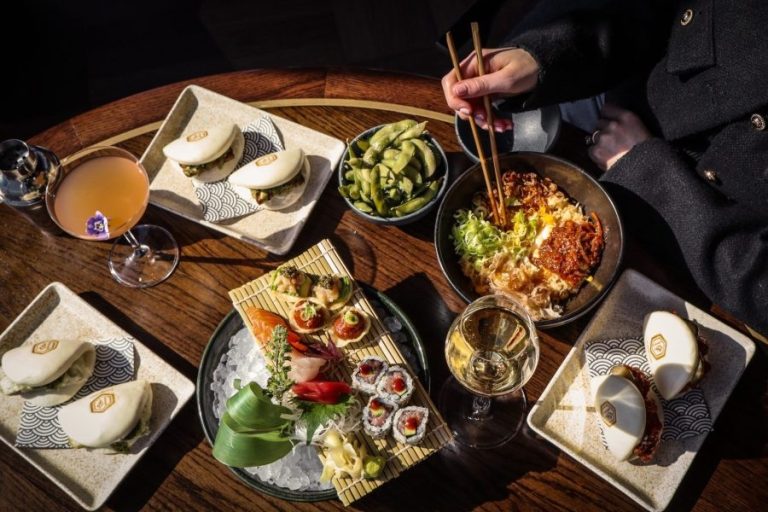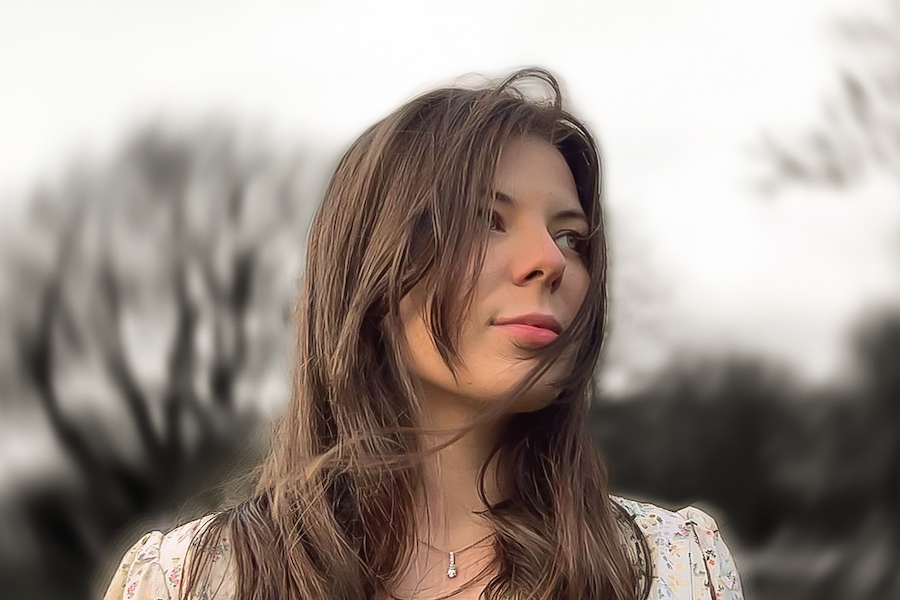Revealed: the historic North West sites at risk of being lost forever
- Written by I Love MCR
- Last updated 4 years ago
- Attractions, Rochdale

Historic England has today revealed the historic sites most at risk of being lost forever as a result of neglect, decay or inappropriate development.
The Heritage at Risk Register provides an annual snapshot of the critical health of England’s most valued historic places, and those most at risk of being lost.
In total, there are 412 entries across the North West on the 2020 Heritage at Risk Register.
Five sites in the North West have been added to the register this year because of concerns about their condition, while six have been removed.
Sites on the register at risk in the North West include Hopwood Hall in Rochdale.
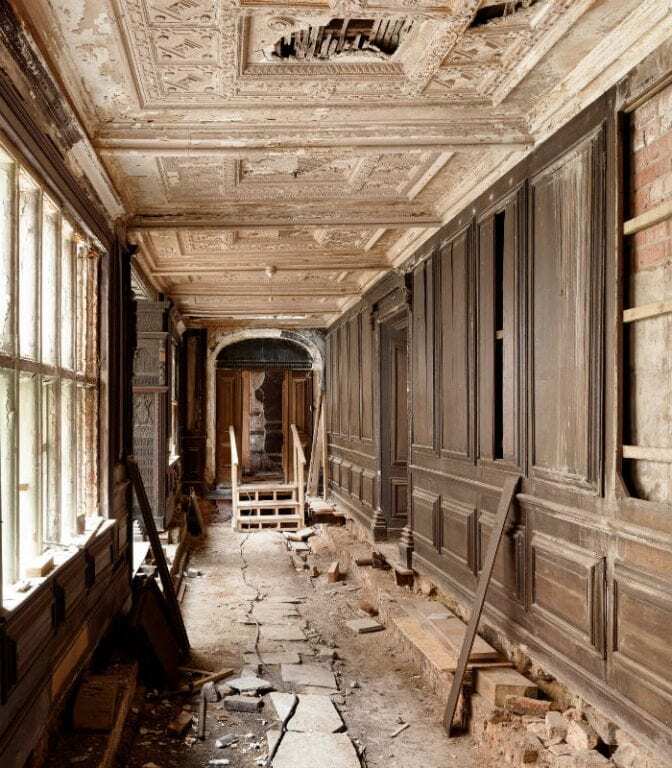
The report says that initial works to stabilise the building and provide urgent weather proofing have now been completed at the Grade II listed 16th century Hopwood Hall.
Jointly funded by Historic England and Rochdale Council, this work has brought the dreams of Hopwood DePree, the American actor, writer and filmmaker, closer to reality.
Named after his ancestors who built the Hall, Hopwood has encouraged its owners, Rochdale Council, to repair the Hall with the ultimate aim of transforming it into an artistic and cultural venue and forging links with nearby colleges.
Despite the Council’s efforts over the years to keep the house weather-tight, it had suffered extreme dry rot, made worse by lead thefts and roof leaks. The building has been on the Heritage at Risk Register since it began in 1998.
The next phase of works will address issues with the roof, and Historic England looks forward to the opportunity to continue working with Rochdale Council and the local team to bring the dream of this restoration to reality.
Astley Green Colliery also remains at risk.
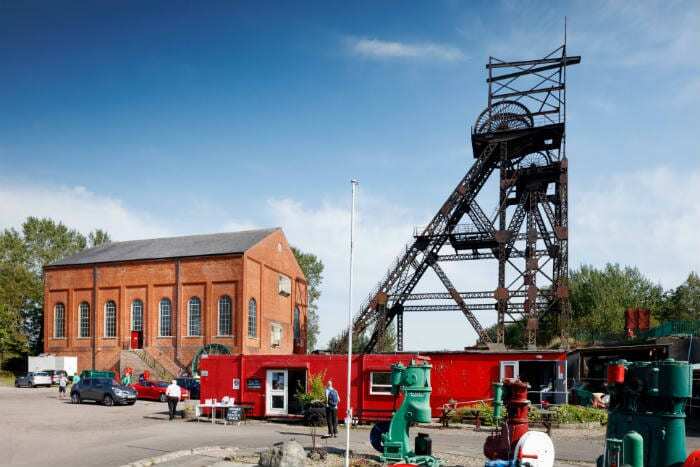
Towering over the Astley skyline is an eye-catching reminder of Lancashire’s coal mining past.
This is the headgear at Astley Green Colliery, the last surviving one in the Lancashire coal field. It is a beacon and iconic backdrop for a host of activity at the colliery, now known as Lancashire Mining Museum, run by the Red Rose Steam Society. The site is run entirely by dedicated volunteers.
The headgear dates back to 1910. It was used to wind workers and materials up and down the shaft below. The colliery closed in 1970, and the headgear’s wrought iron is now deteriorating, leaving it in poor condition.
The Red Rose Steam Society alerted Historic England that the headgear was starting to fall apart. We funded a costed condition survey, including state-of-the-art 3D laser scanning, which identified £580,000 of repairs.
Work is needed to deal with corroded and loose metal and repaint the structure to prevent further rusting.
The Red Rose Steam Society is now looking to apply for grants from a range of funders to fund repairs.
The register also shows that over the last year, six historic buildings and sites in the North West have been saved thanks to the determination of local communities, charities, owners, local councils and Historic England, who together want to see historic places restored and brought back to life.
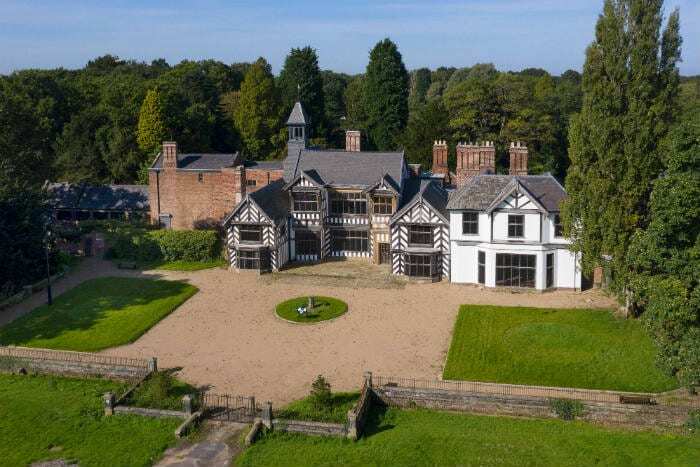
Examples include 16th century Wythenshawe Hall, which has made significant progress toward removal from the At Risk Register.
Wythenshawe Hall stands at the heart of 100 hectares of open parkland in South Manchester. This Grade II listed site encompasses a stable block, with Courtyard Café, meeting spaces and a statue of Oliver Cromwell.
The timber framed hall, dating from the 16th century, is now fully repaired after years of restoration. The ‘Friends of Wythenshawe Hall’ encourage public engagement, organising regular events.
Following a devastating roof fire to the central historic core, some of the North West’s finest crafts people have worked tirelessly on its restoration.
The City Council is now assessing options for the long term use of this valuable and well-loved place. Once back in use, the hall will be removed from the register.
You can see Historic England’s full list of buildings at risk here.
- This article was last updated 4 years ago.
- It was first published on 15 October 2020 and is subject to be updated from time to time. Please refresh or return to see the latest version.
Did we miss something? Let us know: [email protected]
Want to be the first to receive all the latest news stories, what’s on and events from the heart of Manchester? Sign up here.
Manchester is a successful city, but many people suffer. I Love Manchester helps raise awareness and funds to help improve the lives and prospects of people across Greater Manchester – and we can’t do it without your help. So please support us with what you can so we can continue to spread the love. Thank you in advance!
An email you’ll love. Subscribe to our newsletter to get the latest news stories delivered direct to your inbox.
Got a story worth sharing?
What’s the story? We are all ears when it comes to positive news and inspiring stories. You can send story ideas to [email protected]
While we can’t guarantee to publish everything, we will always consider any enquiry or idea that promotes:
- Independent new openings
- Human interest
- Not-for-profit organisations
- Community Interest Companies (CiCs) and projects
- Charities and charitable initiatives
- Affordability and offers saving people over 20%
For anything else, don’t hesitate to get in touch with us about advertorials (from £350+VAT) and advertising opportunities: [email protected]
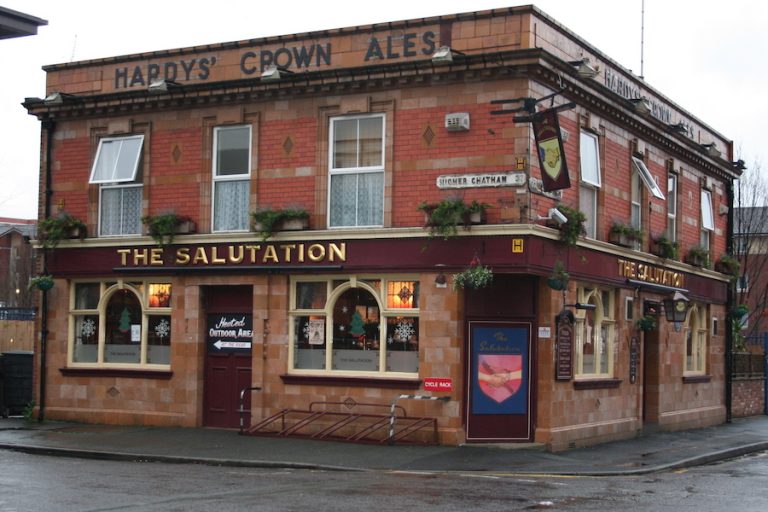
How The Salutation became a cornerstone of Manchester’s story

Ukrainian artist studying in Manchester shares inspiring message about living life to the full

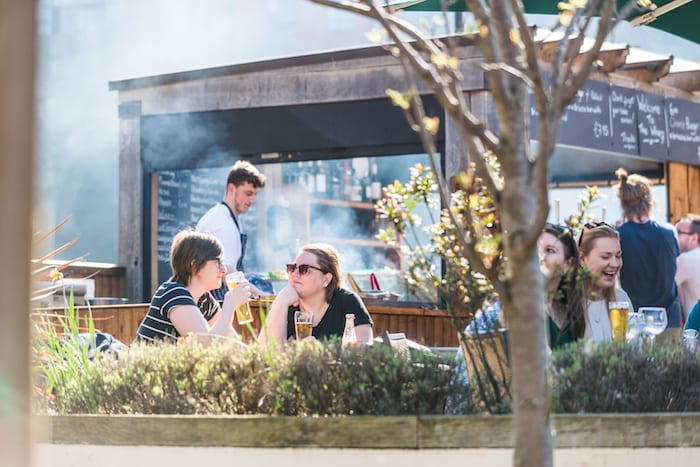

How Manchester’s turbulent past shaped a global icon of journalism
